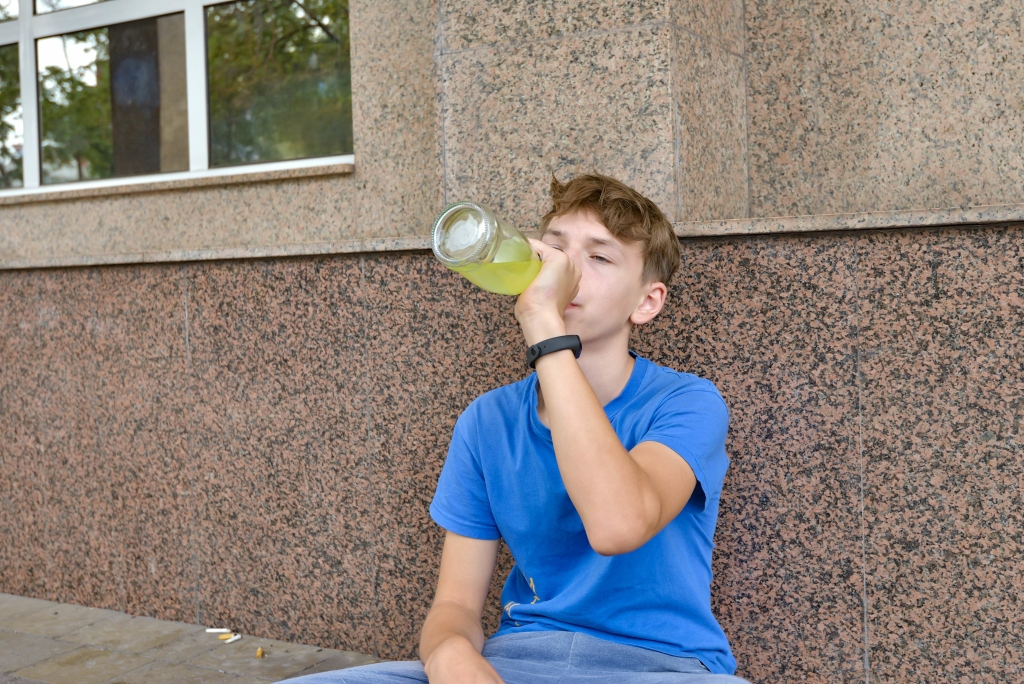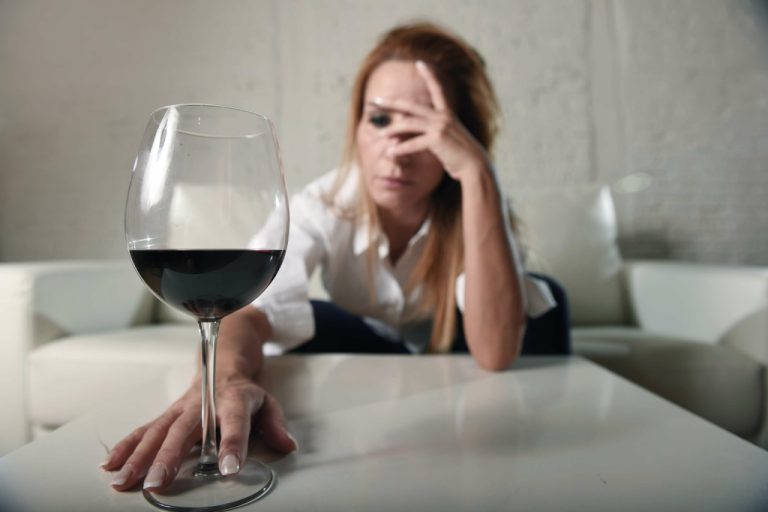Treatment programs usually have multiple elements addressing the many facets of http://www.arspas.ru/forum/read.php?FID=10&TID=424 overcoming addiction, healing the damage to body and mind, rebuilding a life, and finding direction for the future. A built-in schedule of presentations, group meetings, and therapy sessions not only keeps people busy but serves as a direct antidote to the chaos that marks most lives in addiction. Outpatient treatment enables patients to practice recovery skills immediately in a real-life setting.
Medications
Fortunately, various therapies provide different treatment modalities for addiction. Certain medications can also serve to manage prolonged withdrawal symptoms and support sobriety in some people. Some forms of treatment for addictive disorders focuses on the underlying cause of the addictive disorder in addition to behaviors characteristic of the addiction. If a person is addicted to more than one substance, they will often need medications to reduce withdrawal symptoms for each. In 80 percent of cases, a treatment clinic will use medications to reduce withdrawal symptoms, according to the Substance Abuse and Mental Health Services Administration (SAMHSA). Once an individual recognizes the negative impact of a substance on their life, a wide range of treatment options is available.
Addressing Gender-Specific Needs

In addition, the individuals you meet in support groups can offer encouragement throughout the recovery process and be an invaluable source of support. At The Walker Center, gender-specific residential treatment programs allow men and women to focus on their recovery in an environment that understands and respects their unique needs. If you or a loved one is struggling with addiction, contact us today to learn more about how our gender-specific programs can help you on the path to recovery. Therapies used in substance use disorder and addiction treatments are based on an individual’s health and emotional needs.

More in Health
- Group therapy allows patients to share their struggles, learn from each other, and give and get peer and counselor support.
- During detox, you’ll stop using the substance completely, or you’ll taper use gradually.
While naloxone has been on the market for years, a nasal spray (Narcan, Kloxxado) and an injectable form are now available, though they can be very expensive. Whatever the method of delivery, seek immediate medical care after using naloxone. People experiencing SUDs have trouble controlling their drug use even though they know drugs are harmful.

MAT is a comprehensive and individualized treatment option that increases the chances of successful recovery. The treatment services are clinically driven and personalized to meet each individual’s needs. Fully licensed residential facilities are available to structure a 24-hour care program, provide a safe housing environment, and supply any necessary medical interventions or assistance. He envisions a career in the addiction treatment industry, and a home here in Southern California. She was still on the job as the men at the door were changing the lock that day in June.
What is an SUD?
During inpatient addiction treatment, you can expect a highly structured environment with around-the-clock monitoring and supervision. Your treatment team may consist of several, variously qualified practitioners. They may include addiction counselors, psychiatrists, medical doctors, nurses, and other professionals, depending on the treatment program’s philosophy and offerings. This biochemistry component of the addiction disease is why professionals and medical research strongly recommend that individuals seek supervised detox services instead of quitting cold turkey. Without professional supervision and medications to mitigate withdrawal symptoms, the risks of health complications and relapse substantially increase.
Care during the acute phase addresses the physiologic effects of stopping a biologically active chemical. If you are an intravenous drug user, there are ways in which you can reduce the risk of harm. You can receive https://edinstvo-news.ru/page/6/ regular testing for HIV, hepatitis, and other communicable diseases on a regular basis. You can also avoid sharing needles with others, or you can find a needle exchange program near you.

It allows healthcare professionals to closely supervise recovery and offer around-the-clock treatment. http://pharmacologylib.ru/books/item/f00/s00/z0000003/st010.shtml It also helps you avoid the stress and triggers of everyday life until you’re able to appropriately cope and respond. Begin your recovery at American Addiction Centers (AAC), the leading provider for addiction treatment nationwide, which specializes in evidence-based treatment and mental healthcare services. After discussion with you, your health care provider may recommend medicine as part of your treatment for opioid addiction. Medicines don’t cure your opioid addiction, but they can help in your recovery.
- Aftercare treatment can include self-help groups (such as SMART Recovery), 12-step meetings (such as Narcotics Anonymous), alumni programs, sober living homes, individual therapy, and group counseling.
- Treatment programs usually have multiple elements addressing the many facets of overcoming addiction, healing the damage to body and mind, rebuilding a life, and finding direction for the future.
- For example, withdrawal symptoms are not specified for inhalant use.
- Gender-specific treatment is an effective approach for individuals seeking addiction recovery because it acknowledges the different ways men and women experience addiction.

Depending on your needs, your addiction counselor may recommend one or more therapy options. It’s most effective with cognitive-behavioral therapy (CBT) in a rehab setting. EMDR tools treat drug and alcohol addiction by addressing the root causes of these conditions, such as traumatic memories. Prize Incentives Contingency Management (PICM) uses a rewards-based system, but there are more possibilities for prizes. CM therapy is consistently effective for many types of substance use disorders. It’s also effective in treating people with co-occurring disorders or dual diagnosis.
